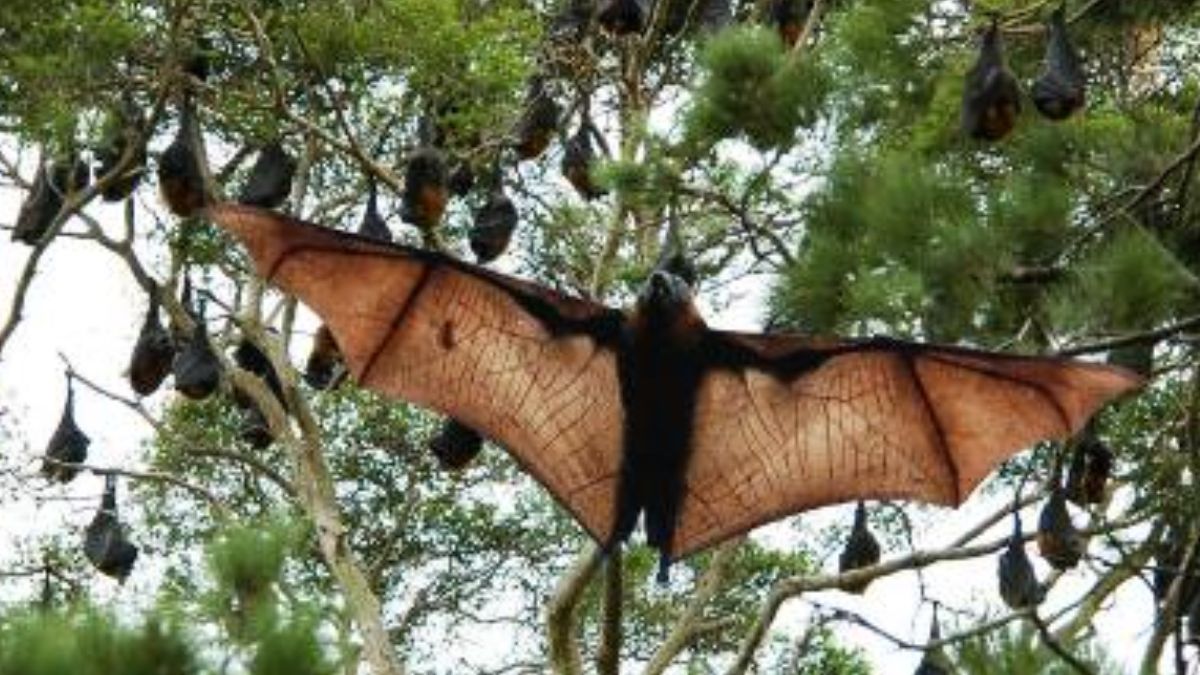For years, ugali has worn the crown as Kenya’s undisputed staple food. It sits on dinner tables from Nairobi to Nyamira, often served with sukuma wiki or nyama. But is it really the one-size-fits-all dish that defines Kenya’s diverse culinary identity?
Scratch the surface and you’ll uncover a menu as rich and varied as the 40+ tribes that call this nation home.
In the heart of Central Kenya, the Agikuyu will proudly tell you their staple isn’t ugali—it’s mukimo. This green mashed blend of potatoes, maize, pumpkin leaves and peas is more than a meal; it’s a cultural statement.
For the Luhya, ugali is merely the sidekick—chicken, especially the traditional free-range kind, is the real hero of the plate. And don’t dare confuse it with broiler!
Head west to the lake shores and you’ll meet the Luo, whose love for fish, particularly tilapia, is unmatched. Whether fried, stewed, or sun-dried as omena, fish isn’t just food—it’s a connection to the waters of Lake Victoria.
Meanwhile, the Kalenjin community treasures mursik—a fermented milk drink stored in soot-lined gourds. Pair that with a side of boiled maize or potatoes and you’ve got a cultural delicacy that fuels marathon champions.
For the Maasai meat, milk, and blood—yes, blood from cattle, harvested humanely and mixed with milk. It’s a deeply traditional diet rooted in pastoral life and spiritual identity.
In the green highlands of Kisii, meals are rarely complete without matoke—mashed bananas prepared in thick stew with vegetables or beef.
Further east, among the Kamba Aembu and Meru, you’ll find a diet rich in grains—millet, sorghum, and legumes, often turned into porridge or thick stews. These foods were survival tools in drylands but have now become markers of heritage and health.
Urban plates and mixed palates
Today, Kenya’s cities are a melting pot—not just of languages and cultures—but also of meals. In urban settings like Nairobi, Kisumu, Nakuru, and Mombasa, the question of “what’s for dinner?” is no longer tribal.
Children raised by parents from different backgrounds, say a Kikuyu mother and a Luo father, grow up with eclectic tastes. What’s on their plate could be mukimo one day, fish stew the next, and pasta or pizza by the weekend.
The rise of fast food culture, international cuisine, and fusion restaurants has also challenged the definition of a staple. Nyama choma, chapati, pasta, beans, burgers, noodles, and even tacos have quietly invaded the urban Kenyan diet. And while they may not carry ancestral weight, they’ve become staples for many city dwellers—especially Gen Z and millennials who have more access to variety than ever before.
Even rural areas are catching up. With the growth of supermarkets, frozen foods, and social media food trends, more people are experimenting beyond their traditional dishes. Yet, despite this globalization of the plate, most Kenyans still hold a nostalgic, sometimes sacred connection to the food of their tribe.
Is ugali still king?
Yes, ugali still rules in many homes—versatile, cheap, and filling. But to call it the staple of Kenya would be like calling English the language of Kenya. It’s common, yes. But far from the whole story.
In reality, Kenya doesn’t have a single staple food. It has a food identity woven from many threads—each tribe adding its own flavor. And maybe that’s what makes Kenyan cuisine so special: not what we eat in common, but what we bring to the table from our roots.
So the next time someone says “Kenya’s staple food is ugali,” smile, and ask, “Which Kenya are you talking about?”











